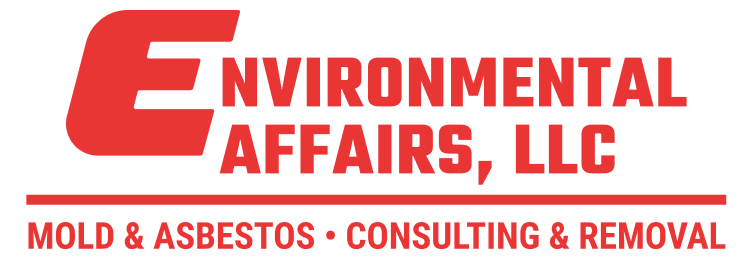How to Safely Remove Asbestos: A Guide to Effective Asbestos Abatement

Understanding the Hazards of Asbestos
Asbestos, a once-popular building material due to its insulation properties and fire resistance, poses significant health risks when disturbed. The fibers from asbestos can become airborne and, when inhaled, cause severe lung conditions, including asbestosis, lung cancer, and mesothelioma. Due to these dangers, asbestos removal is a highly regulated process, requiring expertise and specific safety measures to prevent contamination and protect public health.
The Importance of Professional Asbestos Removal
Given the risks associated with asbestos fibers, removal should never be a DIY project. It is critical to engage certified professionals who are trained in safe asbestos removal practices.
Where Might You Find Asbestos?
Asbestos may be present in various materials within buildings constructed before the 1980s. Common asbestos-containing materials include:
- Vinyl floor tiles and their backing
- Insulation in walls and attics
- Roofing and siding shingles
- Textured paints and coatings
- Plaster, drywall, and certain adhesives
If your building dates back to this era, consider an inspection by a certified asbestos technician, particularly before undertaking renovations or demolitions.
Preparation for Asbestos Removal
Professional asbestos removal begins with thorough preparation to ensure safety and compliance with health regulations:
- Initial Assessment: A qualified technician should conduct a detailed assessment to identify all asbestos-containing materials.
- Area Sealing: The work area must be isolated using plastic sheeting to prevent the spread of asbestos fibers.
- Safety Signage: Warning signs and barricades should be placed to inform and prevent unauthorized access to the site.
The Asbestos Removal Process
The actual removal process is meticulous, designed to minimize the release of asbestos fibers:
- Wet Removal Method: This technique involves moistening the asbestos material with a specialized solution to reduce the release of fibers.
- Careful Handling: Materials are carefully removed and placed in labeled, leak-tight containers.
- Decontamination: All personnel and tools used in the removal process undergo strict decontamination protocols to avoid external contamination.
Disposal of Asbestos Waste
Proper disposal of asbestos materials is crucial. All waste must be double-bagged, sealed, and clearly labeled before being transported to designated hazardous waste landfills.
Safety and Compliance
Compliance with all safety and health regulations is not just a legal requirement but a moral one to prevent health risks to workers and residents. Environmental Affairs ensures that all aspects of the asbestos removal process, from initial assessment to waste disposal, meet the highest safety standards.
Conclusion
Asbestos removal is a delicate and critical process that should only be performed by professionals. If you suspect the presence of asbestos in your building, do not hesitate to act. Contact Environmental Affairs for a comprehensive evaluation and safe removal plan. Protecting your health and that of your community starts with taking the right steps in asbestos abatement.
Contact Environmental Affairs Today
For expert asbestos removal services or to learn more about our process, contact Environmental Affairs. Our team is ready to assist you with all your asbestos abatement needs, ensuring compliance, safety, and peace of mind.
Recommended Posts

What Is Asbestos? Everything You Need To Know
April 22, 2024

How Can I Tell If My Popcorn Ceiling Has Asbestos?
June 6, 2022


